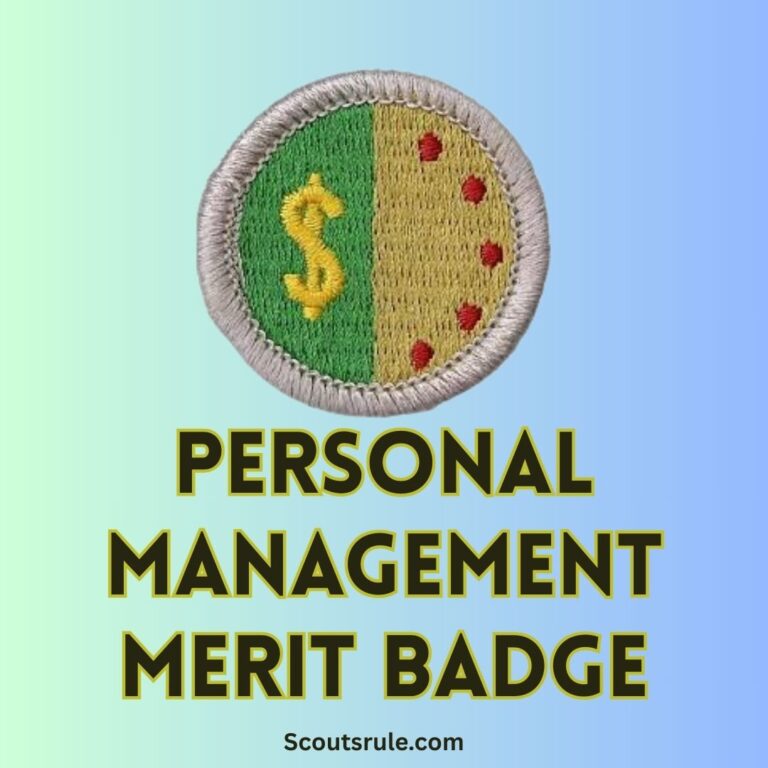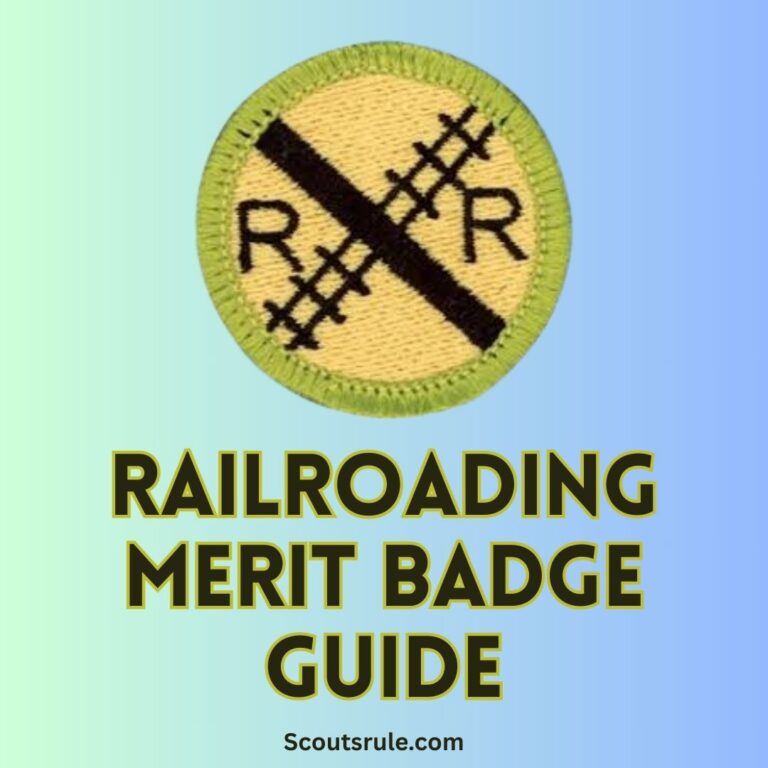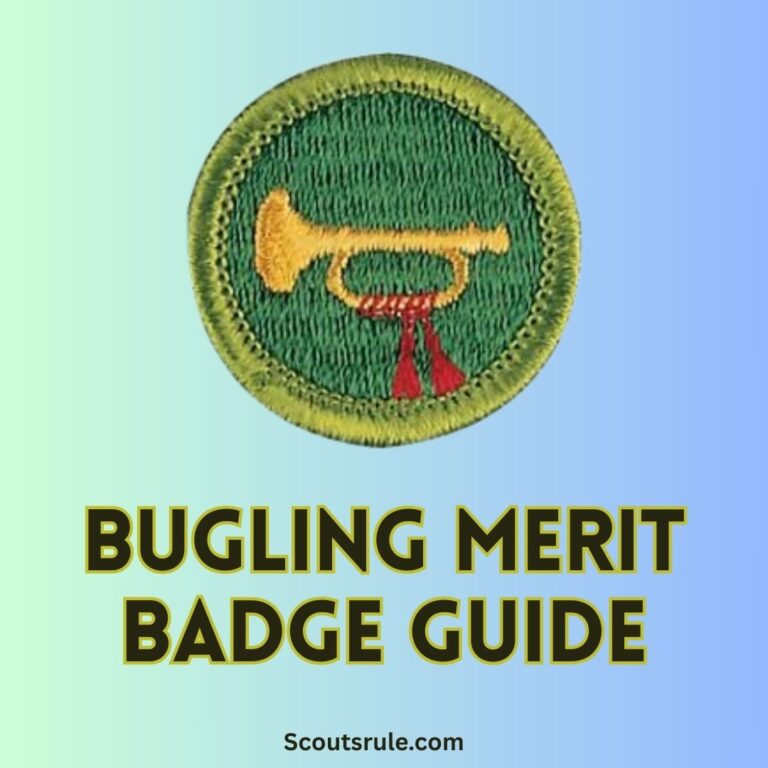
Woodworking is not only a practical skill but also a timeless craft that teaches precision, creativity, and problem-solving. Earning the Woodwork Merit Badge involves developing technical abilities, promoting safety, and gaining insight into how wood and tools interact to create functional or artistic pieces. Below is an extensive guide to the requirements, safety practices, basic lessons, and opportunities that surround woodworking.
The Woodwork Merit Badge serves as an introduction to the fundamentals of woodworking. Scouts will gain skills in safely handling tools, understanding different kinds of wood, and making practical or decorative objects. Additionally, it instills life-long safety habits and an appreciation for the art of craftsmanship. Whether you’re a beginner or an experienced woodworker, this badge focuses on building competence, fostering creativity, and ensuring a safe working environment.
Post Contents
- 1. Woodworking Safety
- 2. First Aid for Woodworking Injuries
- 3. How to Earn the Totin’ Chip
- 4. Timber and Lumber
- 5. Six Different Types of Wood
- 6. Proper Care, Use, and Storage of Tools
- 7. How to Sharpen the Cutting Edges
- 8. Using Basic Tools to Build Something Useful with Wood
- 9. Sample Woodworking Projects
- 10. Understanding Woodworking as a Career
- Conclusion
- Woodwork Merit Badge FAQs
1. Woodworking Safety
Common Hazards in Woodworking
- Tool-Related Injuries
- Common injuries include cuts, scratches, and lacerations caused by improper use of tools. Using dull blades or rushing while working can contribute to such incidents.
- Kickbacks from Power Tools
- Kickbacks happen when materials unexpectedly get thrown back by power tools like saws. Improper tool alignment or using the wrong type of blade heightens this risk.
- Wood Dust and Fumes
- Dust from sawing or sanding wood particles can cause long-term respiratory problems if inhaled consistently. Certain wood types also emit fumes that may irritate the skin or lungs.
- Hearing Damage
- Machinery like saws and drills often produces noise levels exceeding 85 decibels, which can damage hearing when exposed for extended periods without protection.
- Physical Strain and Fatigue
- Repeated bending, lifting, or improper posture while operating tools can lead to musculoskeletal pain or fatigue over time.
What to Do to Anticipate, Prevent, Mitigate, and Respond to Hazards
- Anticipating Hazards: Being Prepared
- Educate yourself about common injuries and material risks before beginning a project. Study manuals thoroughly.
- Preventing Hazards: Taking Precautions
- Always wear proper protective gear, such as gloves, safety glasses, and ear protection. Keep a clean and organized workspace.
- Mitigating Hazards: Reducing the Impact
- Use tools in good condition and ensure they’re sharp and functional. Install dust collection systems or wear a dust mask to minimize exposure.
- Responding to Hazards: What to Do If Something Goes Wrong
- Keep a stocked first-aid kit nearby. Have immediate access to eyewash stations and emergency contact numbers in case of severe incidents.
Precautions for Safe Tool Use
- Always keep your fingers away from cutting blades.
- Use clamps to hold pieces steady when sawing.
- Never operate power tools when fatigued or distracted.
- Regularly check for loose parts or damaged tools.
- Turn tools off at power sources before adjusting or maintaining blades.
2. First Aid for Woodworking Injuries
- First Aid for Minor Injuries
- Splinters: Wash and carefully remove the splinter with sterilized tweezers.
- Scratches and Cuts: Clean the wound with antiseptic and apply a bandage.
- First Aid for Severe Bleeding and Shock
- Apply firm pressure with a clean cloth. Support the injured person to lie down and elevate the wound to control bleeding.
- Protecting Your Eyesight and Hearing
- Always wear proper protective goggles and earplugs or earmuffs when using heavy machinery.
- Using a Dust Mask
- To prevent inhalation of fine wood particles and fumes, wear a certified dust mask, especially when sanding or working with treated wood.
3. How to Earn the Totin’ Chip
Scouts can earn the Totin’ Chip by learning how to handle woodcutting tools, including axes, saws, and knives, safely. Instruction includes:
- Proper sharpening techniques.
- Understanding each tool’s purpose.
- Rules for the safe operation of cutting tools.
4. Timber and Lumber
How Timber is Grown
Timber is a renewable resource cultivated through managed forestry. Trees are selectively bred for strength, grain texture, and suitability for construction or artistic work.
How Timber is Harvested
Trees are felled in environmentally conscious ways to minimize waste during production. Bark and unused parts are often recycled into other products.
How Timber is Milled
Milling transforms logs into usable boards with specific dimensions. Circular saws and band mills break timber into planks.
How Lumber is Cured and Seasoned
Seasoning removes moisture from wood to increase stability. Air-drying and kiln-drying are popular methods used in this process.
How Lumber is Graded
Lumber is classified based on knot count, grain appearance, and strength, with grades determining its suitability for specific projects.
How Lumber is Sized
Lumber sizing references the nominal (rough cut) and final (planed) dimensions, such as 2×4 boards that actually measure 1.5×3.5 inches.
5. Six Different Types of Wood
- Pine (Softwood): Lightweight and easy to work with, perfect for indoor furniture.
- Oak (Hardwood): Durable and moisture-resistant, often used for flooring.
- Maple (Hardwood): Strong, with a fine grain that polishes well for decorative items.
- Cherry (Hardwood): Known for its rich color, cherry is ideal for cabinetry.
- Walnut (Hardwood): Dark, dense wood favored for premium carpentry.
- Cedar (Softwood): Naturally insect-resistant and often used outdoors.
6. Proper Care, Use, and Storage of Tools
How to Take Care of Your Tools
- Clean blades and joints immediately after use to prevent rust.
- Store tools in a dry location to avoid moisture damage.
How to Use Your Tools Safely
- Understand each tool’s purpose and never use it in ways it was not intended.
- Tighten any screws or parts before starting work.
How to Store Your Tools
- Hang or securely position tools on racks or pegboards. Use labeled drawers for smaller equipment.
7. How to Sharpen the Cutting Edges
How to Sharpen a Chisel
- Use a honing guide and whetstone. Move the blade back and forth evenly to produce a sharp edge.
How to Sharpen a Saw
- Ensure proper alignment of the teeth using a saw set. File the teeth individually.
Tips for Sharpening Tools
- Always use lubricating oil to reduce friction and extend the life of the tools.
- Test sharpness on a piece of scrap wood before use.
8. Using Basic Tools to Build Something Useful with Wood
Steps for Basic Woodworking
- Preparing the Wood: Measure and mark the wood with a pencil for accurate cuts.
- Cutting with the Saw: Use both hands to stabilize the saw, ensuring steady, even strokes.
- Smoothing the Wood with the Plane: Remove surface irregularities for a polished finish.
- Assembling the Pieces with the Hammer: Securely nail sections together, ensuring alignment.
- Drilling Holes with the Brace and Bit: Mark drill points precisely before operation.
9. Sample Woodworking Projects
Simple Wooden Storage Box
- Making Working Drawings: Create a scale drawing with dimensions indicated.
- List of Materials Needed: Include measurements of plywood, nails, glue, and a hinge.
- Building the Project: Follow a step-by-step assembly process and test the completed box for durability.
- Tracking Time and Costs: Document hours spent and track expenses.
Wooden Box with Rounded Edges
- Learn how to bevel edges uniformly or create curved edges using specialized planes.
Wooden Frame with Mortise and Tenon Joints
- Create sturdy joints with exact measurements and practice hand-finishing.
10. Understanding Woodworking as a Career
Training and Apprenticeships
Aspiring woodworkers often attend vocational schools or workshops to gain hands-on experience. Apprenticeships with skilled carpenters provide real-world learning.
Career Opportunities
From cabinetmaking to furniture design and shipbuilding, woodworking opens doors to numerous industries and trades globally.
Work Conditions
Workshops can vary from traditional spaces to modern, highly-automated facilities. Safety and ergonomics are prioritized in well-established industries.
Pay Rates
Entry-level woodworking roles average $30,000 annually, while experienced specialists can earn $60,000-$100,000 depending on their niche.
Union Organization
Many woodworkers join unions to ensure fair pay, benefits, and safe conditions.
Work Hours
Self-employed carpenters enjoy flexible schedules, though full-time employees often work 40-hour weeks.
Work Environment
Work can range from standing in shops to outdoor installations, adjusting based on projects.
Conclusion
The Woodwork Merit Badge is a rewarding endeavor, requiring Scouts to combine technical knowledge, practical skill, and thoughtful creativity. Beyond creating projects, it builds confidence, teaches responsibility, and promotes safety. Whether for personal satisfaction or as a stepping-stone into a professional career, woodworking opens the door to countless opportunities. Mastery of the essential techniques and safety practices explored in this badge ensures a lifetime of confident craftsmanship.
Woodwork Merit Badge FAQs
1. Who can earn the Woodwork Merit Badge?
Any registered Scout in the Boy Scouts of America who has an interest in woodworking and meets the badge requirements can earn the Woodwork Merit Badge.
2. Do I need previous woodworking experience to earn this badge?
No prior experience is necessary. The badge is designed to teach Scouts essential woodworking skills from the ground up.
3. What safety measures should I follow while working with wood?
Scouts should always use personal protective equipment (PPE), such as safety goggles, hearing protection, and dust masks when necessary. Proper handling and storage of tools, as well as awareness of potential hazards, are also critical.
4. What types of tools will I need to use?
Scouts will use a variety of hand tools, including saws, planes, hammers, braces, and bits. In some cases, supervised use of power tools may be allowed, depending on local safety regulations and counselor approval.
5. What are the key woodworking skills I will learn?
Scouts will learn to measure, cut, shape, and assemble wood projects. They will also develop skills in tool maintenance, sharpening, and creating detailed woodworking plans.
6. How long does it take to complete the badge?
The time required varies by Scout. Some may complete it in a few weeks, while others may take longer depending on the complexity of their projects and time availability.
7. Can I use a project I made before starting the badge?
No. All woodworking projects must be completed while working on the badge and under the guidance of a merit badge counselor.
8. What materials should I use for my projects?
Scouts should use different types of wood, as required by the badge, to understand their characteristics and best applications. The wood should be properly milled and prepared for use.
9. Can I work on the badge with a group?
Yes! While each Scout must complete their own requirements, working in a group can be beneficial for learning techniques and receiving guidance from counselors or experienced woodworkers.
10. What is the purpose of talking to a cabinetmaker or finish carpenter?
This requirement helps Scouts learn about potential careers in woodworking, including education paths, apprenticeships, salary expectations, and industry work conditions.
11. Where can I find a merit badge counselor for Woodwork?
Check with your Scoutmaster, troop leaders, or local BSA council to find a registered merit badge counselor specializing in woodworking.
12. Are there any service opportunities related to this badge?
Yes. Scouts can participate in woodworking-related service projects, such as making wooden toys for underprivileged children or helping with a community woodworking project approved by a counselor.
13. Do I need to purchase my own tools?
No, many troops, schools, and community workshops provide access to tools. However, Scouts are encouraged to learn proper care and maintenance of any tools they own.
14. How can I document my progress for the badge?
Keep a record of working drawings, materials lists, project costs, and time spent on woodworking projects. Photos or a journal may also help document progress.
15. What happens after I complete all the requirements?
Once all requirements are met, your merit badge counselor will sign off on your work, and you can submit your completed Blue Card to your Scoutmaster for final approval and recognition.

Hi, Robin here, A former lead Scout and here I share my inspiring stories about USA Scouts, leadership, adventure, how to guides and more.






